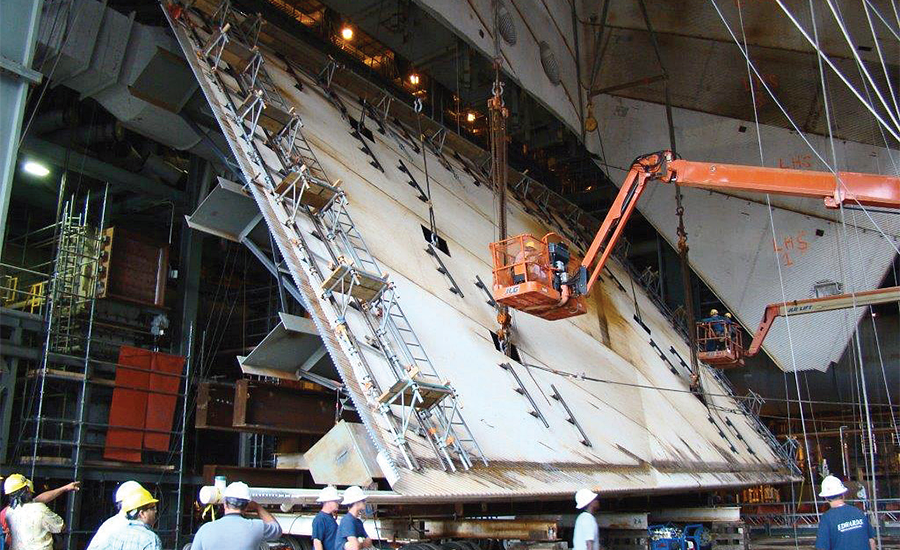 |
| J. Keith Anderson |
Few projects are completed without a crane, yet more lift training is found on the jobsite than in a classroom.
“When you are lifting and moving stuff, you are dealing with considerable risk,” explains J. Keith Anderson, Bechtel’s chief rigging engineer. “Training for people who are going to plan and execute this type of work is really haphazard.”
![]() Two years ago, he wrote a book called “Rigging Engineering Basics” and went on to develop the industry’s first accredited curriculum on the subject, “Fundamentals of Rigging Engineering.” Launched early last year, the online course has attracted more than 70 students from major industry owners and construction companies, such as AECOM, BP and Fluor.
Two years ago, he wrote a book called “Rigging Engineering Basics” and went on to develop the industry’s first accredited curriculum on the subject, “Fundamentals of Rigging Engineering.” Launched early last year, the online course has attracted more than 70 students from major industry owners and construction companies, such as AECOM, BP and Fluor.
This past November, the go-at-your-own-pace classes received continuation-education accreditation from the American Society of Mechanical Engineers. According to Zack Parnell, president of Woodland, Wash.-based Industrial Training International, which administers the course, it is the first of its kind to be nationally recognized.
Parnell says this project was completely Anderson’s baby. “He said to me, ‘I’d like to do this someday.’ I said, ‘Keith, we can do it right now.’ ”
For passing on his knowledge of rigging, Anderson was named, in May, a Bechtel Distinguished Engineer and Scientist. Only about 50 people have received that distinction, and he is the first honoree to represent those working in the construction sector.
The course is already making a difference. As cranes get larger and more complex due to technology advancements, such as modular construction, so grows the need to apply sound engineering principles to lifting, says
David Duerr, owner of Houston-based consulting engineer 2DM Associates and one of roughly 20 instructors who teach a variety of classes within the course.
“There is simply a greater risk involved in some of the work we do,” Duerr says. “The answer is to elevate the level of sophistication and planning that goes into lifting operations.”


